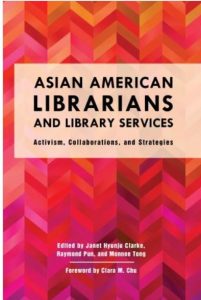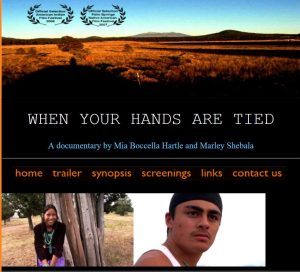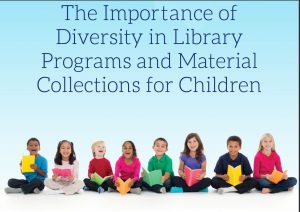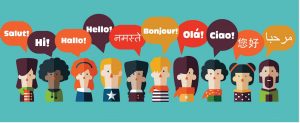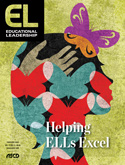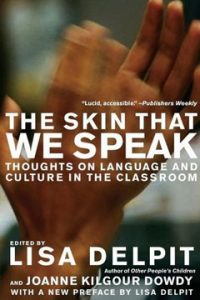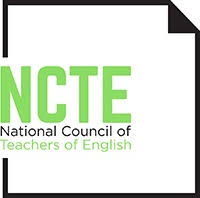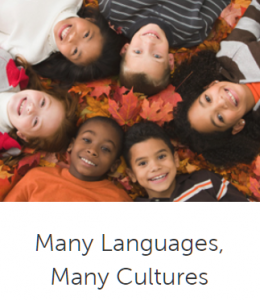Format: Workshop/Training
Description: A free 2-hour learning module with video from Pennsylvania State University’s Better Kid Care that touches on the cognitive, social-emotional, and language development of multiple language learners. Includes content, videos, and assignments. The module helps professionals self-reflect while learning instructional strategies to use in the classroom. Registration is required.
Link: https://extension.psu.edu/programs/betterkidcare/lessons/dll


